NASA’s Magnetospheric Multiscale, or MMS, mission, will study how a phenomenon called magnetic reconnection allows energy and particles from the sun to funnel inside the magnetosphere, the giant magnetic bubble surrounds our planet, in to near Earth space.
Above: Image credit NASA/Goddard/Conceptual Image Lab
The Atlas V rocket lifts off from Space Launch Complex 41 at Cape Canaveral Air Force Station carrying four Magnetospheric Multiscale, or MMS, spacecraft on a mission to study magnetic reconnection.
Scientists believe MMS will give insights into the fundamental process that occurs throughout the universe. Liftoff was at 10:44 p.m. EDT.
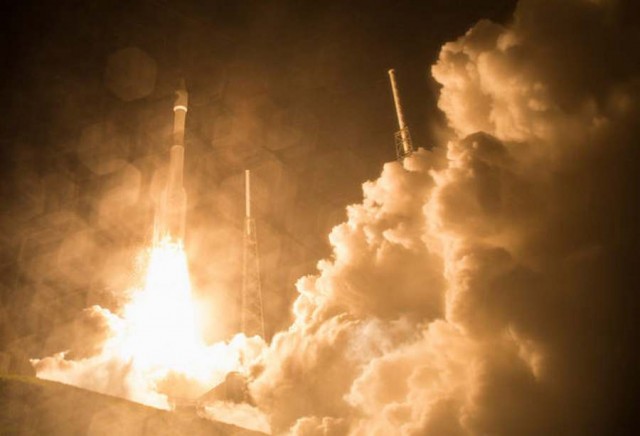
Image credit: NASA/Aubrey Gemignani
MMS will study a little-understood magnetic phenomenon that happens rarely on Earth, but is thought to be the catalyst for some of the most powerful events in the universe. Magnetic reconnection, as it is called, occurs when magnetic fields throughout the universe – as can be found surrounding Earth, at the sun, near black holes, and at the borders of the heliosphere where NASA’s Voyager 1 spacecraft currently resides – come together in a mismatched alignment. The magnetic fields explosively realign with bursts of energy – sometimes on the order of billions of megatons of TNT – that can send particles surging through space near the speed of light.
Magnetic reconnection also can have an impact on humans. Magnetic reconnection is what allows energy and material from the sun to break through the boundaries of Earth’s protective magnetic bubble, the magnetosphere, into near-Earth space. That energy and solar material can lead to a whole host of space weather effects, which can disrupt radio communications, interfere with satellite electronics or even affect utility power grids on the ground.
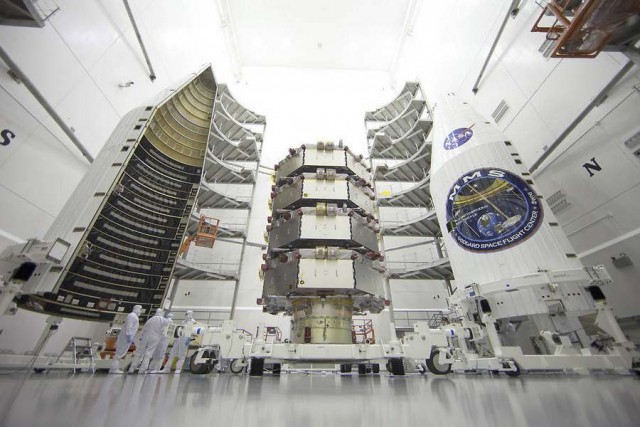
All four MMS observatories. Image credit: NASA/Ben Smegelsky
source NASA

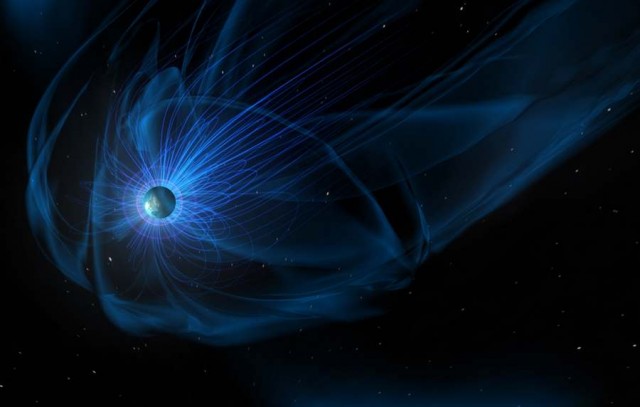
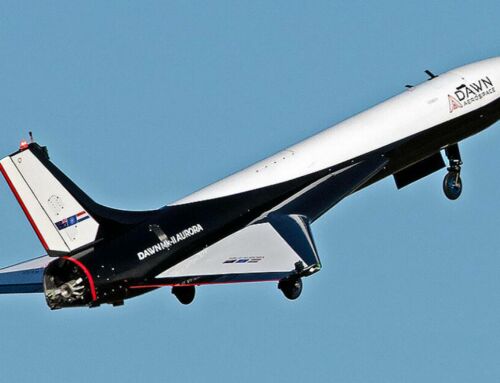
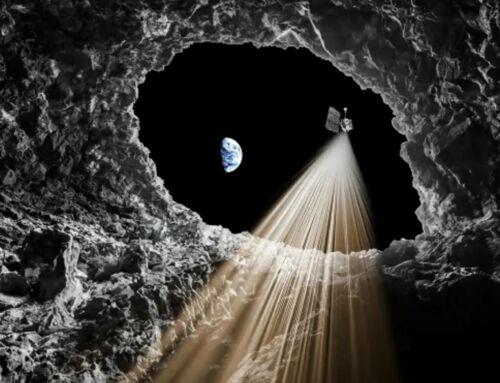
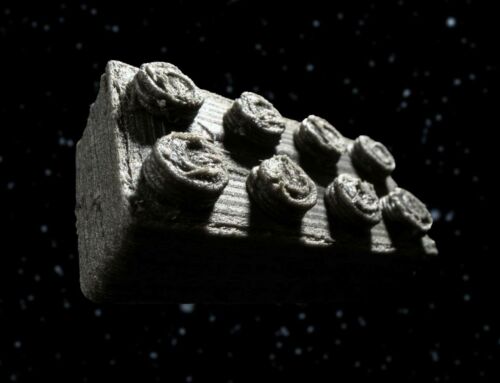
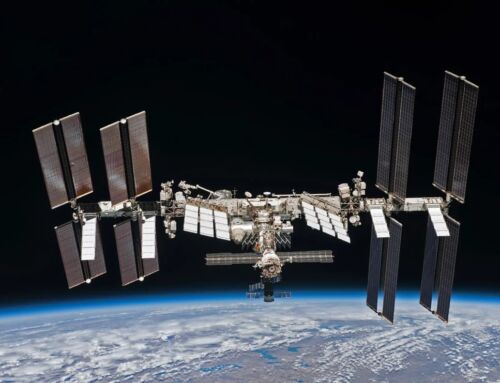
Leave A Comment